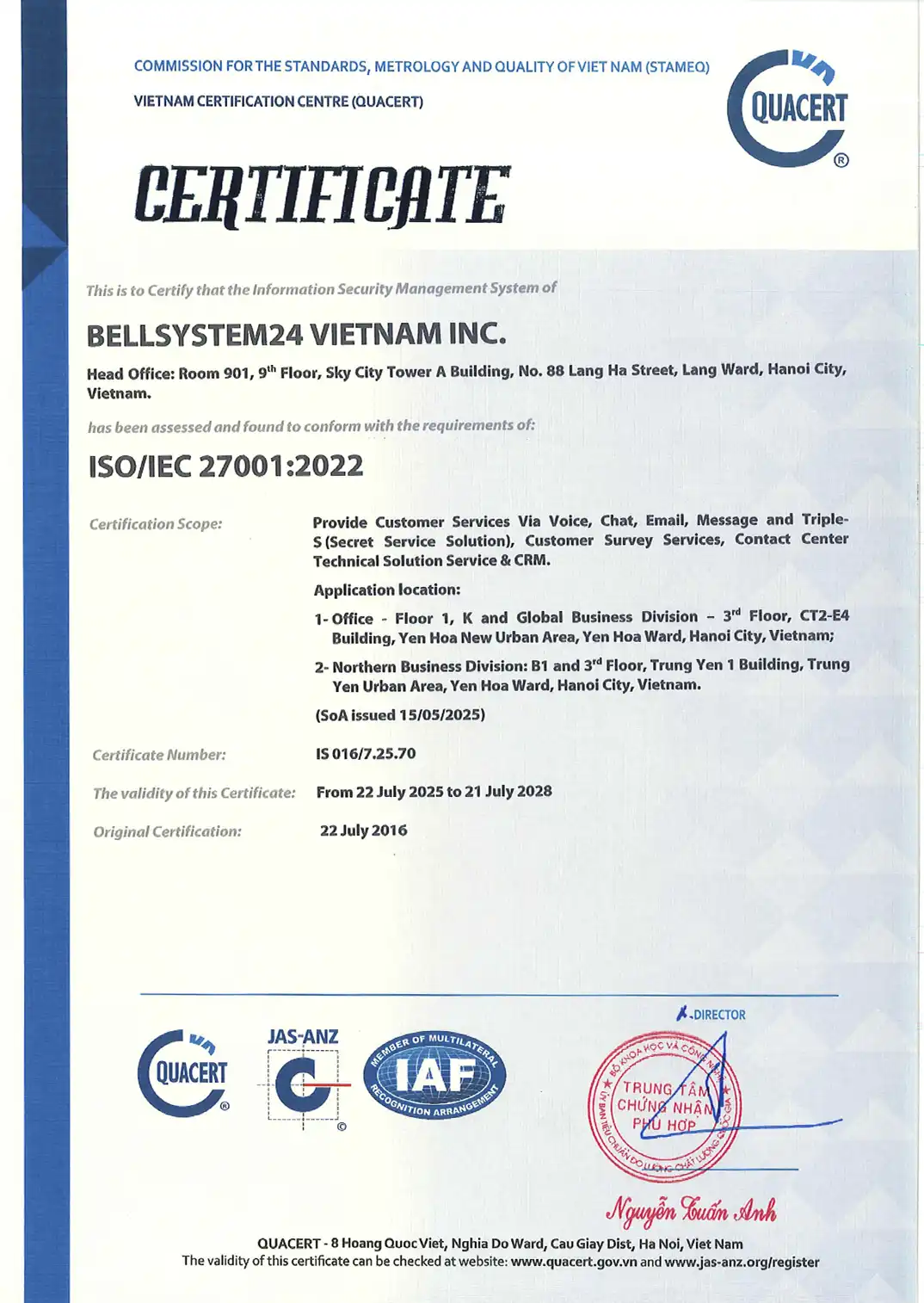We cannot make changes if we do not know something about it. So when you intend to improve your business situation, the first thing you need to do is analyze and understand it.
This is a guide to business process analysis, which is the first step in improving your business operations that you can apply. But before going into the steps, it is important to understand exactly what process analysis is.

What is business process analysis?
Process analysis is the act of assessing and understanding each activity in a business chain, including inputs, outputs, coordination processes, controls, actors, support tools, data, and interactions of the business with the outside world to produce results.
The analysis performed includes: Evaluate the time, cost, capacity and quality of each process.
CBOK process analysis technique.
It is necessary to ensure that the business process analysis steps are always performed fully and continuously.

Step 1: Identify the processes.
The first step is to identify which processes need improvement. Think about your business goals and identify which activities impact those goals. But how do you determine which activities are most important? One analysis method suggested by Peter Drucker, can help you answer this question.
Business Process Analysis with Peter Drucker's 5 Questions.
- What is the mission of the business?
- Who are the business's customers?
- What do customers like?
- What is the desired result?
- What is an action plan?
Please answer each question.
- What is the mission of the business?
This is the question that will guide every action of the business. What is your mission in business? The mission of a business is usually consistent throughout the entire life cycle of the business, but in some cases it can change (such as changes in market demand due to economic recession, or change when the business grows to a certain level of prosperity that requires change to achieve larger goals). In case the business has the intention to reevaluate the business process - Mission, the mission can change.
- Who are the business's customers?
Customers are the lifeblood of any business. By identifying your target audience, you can analyze their needs, preferences, and touch points with your business. Remember, your business processes are built with the customer in mind.
See also: Customer Centric – Xây dựng chiến lược lấy khách hàng làm trung tâm
- What do customers like?
What do your customers like? Are your activities meeting their needs? You should identify activities that have been unsuccessful in trying to satisfy customers and find appropriate ways to improve.
- What is an action plan?
Finally, what actions does the business identify to achieve its strategic goals? You can list many, many, many, then refine and finalize the list.
Step 2: Form a team.
Business process analysis requires a team, not just one person. It is best to have people who have worked for a long time and understand the business process of the enterprise thoroughly. Each person can be good at a certain job, they will grasp the weak points that need to be improved, the good points that need to be promoted.
Effective methods for business process assessment teams:
- Interview.
- Brainstorming.
- Meetings.
Trong đội này phải bao gồm đủ cấp bậc:
- Leaders are responsible for overall assessment.
- Senior managers of each department.
- Staff, long-term specialist, Teamleader.
- Some customers (for interview, consultation)
Step 3: Create a business process diagram.
Business process mapping techniques can give you an in-depth look at the overall picture of everything that is going on. With the information, data, and tools at your disposal, you can sketch out a realistic diagram that is easy to visualize and analyze accurately.
Steps to draw a process diagram:
- Identify specialized personnel: The process diagram should identify the people/groups of people responsible for a particular activity or area.
- Determine the time of the activity.
- The activities have been taking place.
- Results of the activity: what were the results achieved? What was the performance like? What were the interactions with customers like? Was information passed on to other personnel/departments?
- Results evaluation: All performance results must be clearly reported and analyzed to facilitate consultation, analysis and recommendations for improvement.
Step 4: Identify improvement points.
Any improvement points are determined based on the strategic goals of the business.
Typically improvements focus on the following aspects:
- Customer Interaction: Achieve better customer engagement quality, creating a great customer journey.
- Create perceived value: Process improvement efforts must deliver higher perceived value, including to current, past, and potential customers.
- Business rules: This is a balance between business performance, company regulations and the value of the goods received.
- Untie the knot: Solves problems at certain points but has the potential to impact the entire operating process.
Step 5: Implement process improvements.
Realize the new process by promoting, mobilizing and training the entire staff. During this process, it is necessary to 100% guarantee Staff are exposed to new things and new ways of working with new business processes.
At the same time, changes in infrastructure, business equipment, and media may also occur.
Deploying a business activity based on a new process will have a very high risk of encountering problems due to "uncertainty", continuously evaluate and analyze (especially in the beginning) to come up with timely improvement plans.
Phân tích & đánh giá quy trình kinh doanh với dịch vụ khách hàng bí mật
Khách hàng bí mật là giải pháp giúp doanh nghiệp có cái nhìn khách quan, chính xác về chất lượng dịch vụ, quy trình kinh doanh, chất lượng nhân sự đang sở hữu bằng cách đóng vai khách hàng để trải nghiệm và đánh giá từng điểm tiếp xúc của doanh nghiệp với khách hàng dưới góc nhìn của một khách hàng thực thụ.
The business will know.

Detect gaps and improve your business processes
to create better competitiveness.







